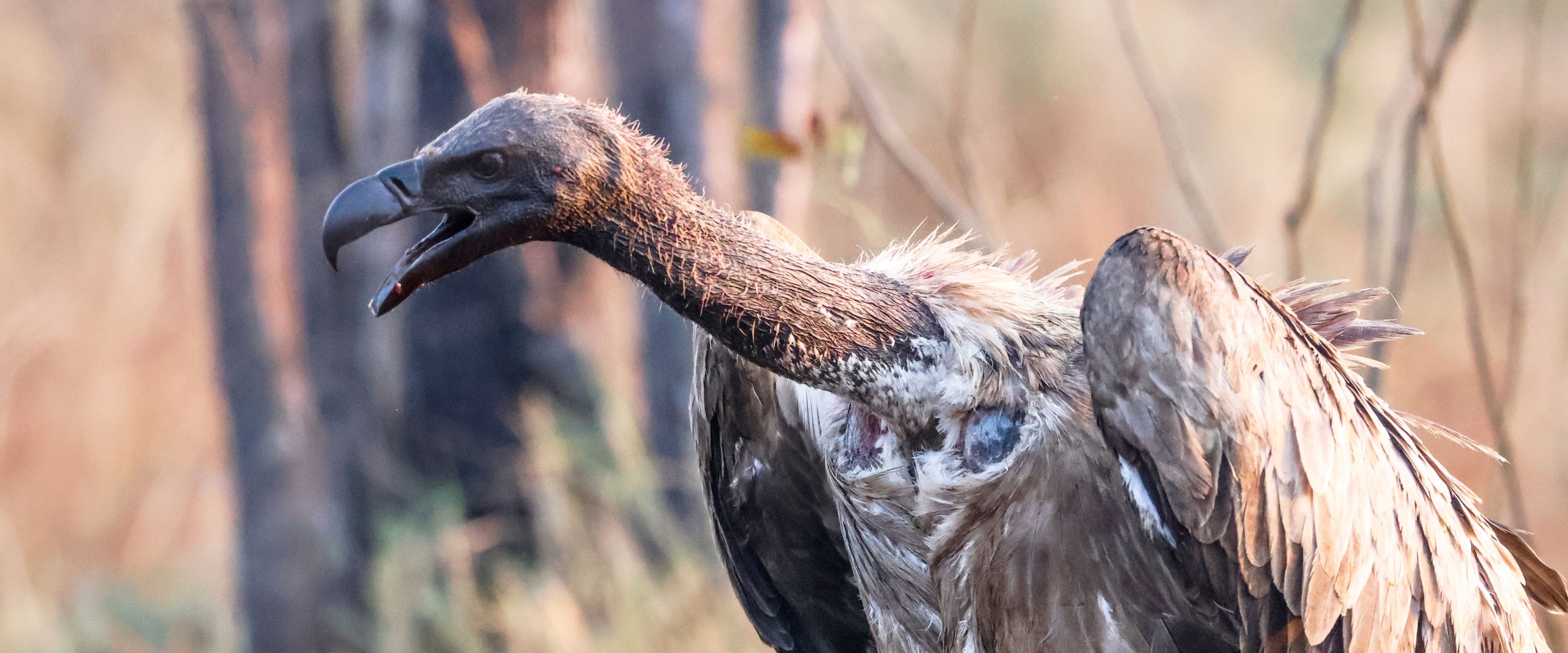The Not so Well Known ‘Ugly Five’
on Sep 05, 2023Often the Big 5 is on everyone’s checklist when entering the pristine wilderness that South Africa has to offer, but our beautiful country has so much more to offer. It is certainly the big animals that get the adrenaline and excitement levels up, but smaller animals often have so much we could learn from. Each and every single animal in the bush plays a vital role in our ecosystem and without them it would just not be the same.
There are plenty of animals grouped together by not only rangers but also guests visiting the safari world. One of these groupings is called the ‘Ugly Five’, which includes the following: Warthogs, Vultures, Marabou storks, Hyena and Blue wildebeest. Now hearing the phrase “Ugly Five”, it might sound like something out of an old horror movie, but that is not the case. Let me explain.
Why are they called the Ugly 5?
First, these 5 animals include 3 scavengers and 2 vegetation feeding animals. All these animals have a strange appearance and even stranger body build; and with very dull colours they don’t have the most beautiful appearance to most people, hence being called the ‘Ugly Five’.
Warthog
Looking at the Warthog, they are often found in groups moving around together for safety purposes. A lot of people will say they are so ugly that they are almost cute. They have a very grey to dark black color over the body as they are often seen mud-wallowing and rolling in dust to give the body a protective layer against the harsh sun exposure. These animals are known as the ‘bushveld antenna’ by many because of their tails going straight up when they are running in a single file. This process of the tail going up is a follow me sign for the group and that is what they will focus on while running through the thick bush. It is called an ‘involuntary process’, which means it happens automatically as soon as they go anything faster than a walking pace. Now because of their dark colour and pig-like appearance they definitely qualify to be part of the Ugly 5. Especially when they are seen full of mud and on their knees feeding on fresh grazing vegetation.
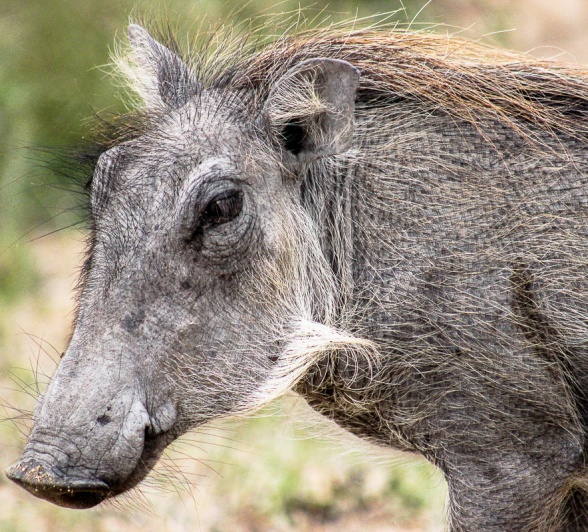
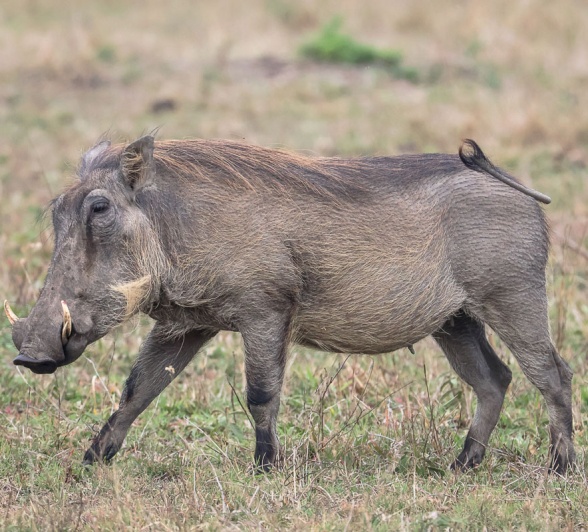
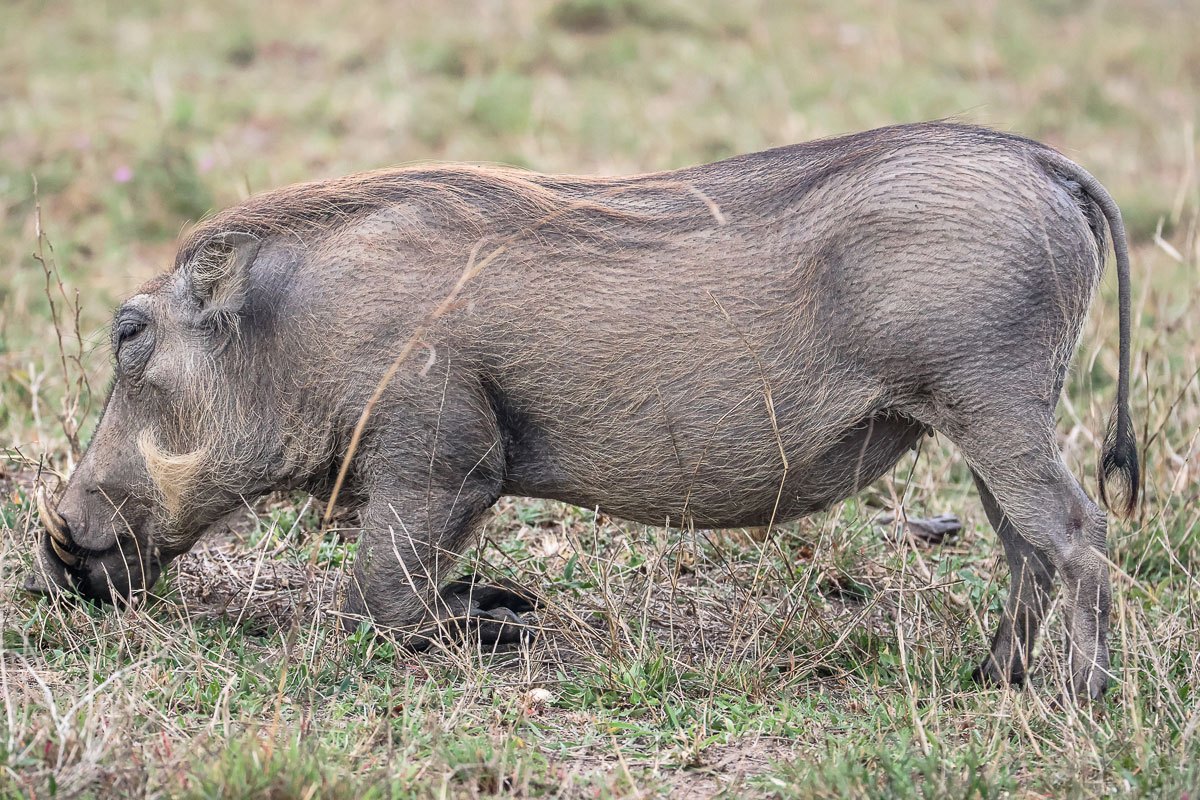
Vultures
Secondly, we look at Vultures. Now this includes all 11 species of vultures Africa has to offer. They are big scavengers of the bush and often even help us locate kills and carcasses as they make their way down to a certain area. These animals play a vital role in our ecosystem by cleaning up all dead animal matter and preventing a very bad smell all around the bush. They gorge themselves when a carcass is available and are often seen going into a carcass and coming out completely covered in blood and guts as they devour as much as possible from the inside. Once full they will hang around either on the ground or in trees and relax in a half-awake but half-asleep state to try and digest as much as possible. As they start moving away from the carcass covered in blood and guts people tend to think that they will have a terrible smell, but that is not the case as they are very serious about hygiene, believe it or not. They will move to a nearby water source and take a well-deserved bath, cleaning all the blood from their feathers until they feel fresh and clean enough before carrying on again.
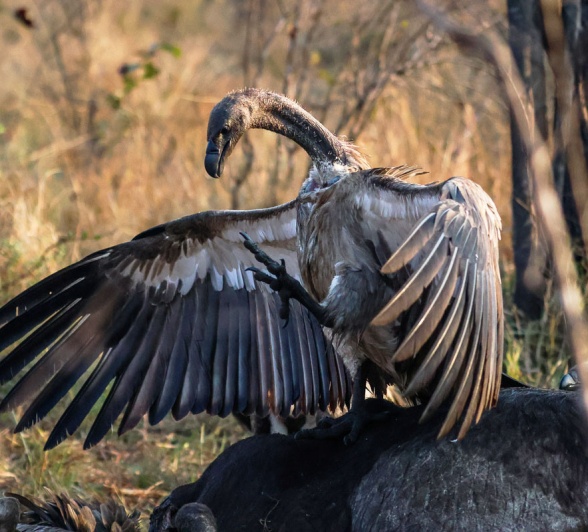
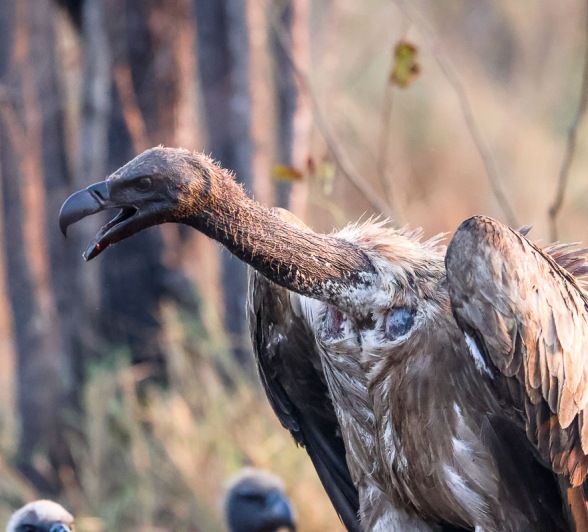
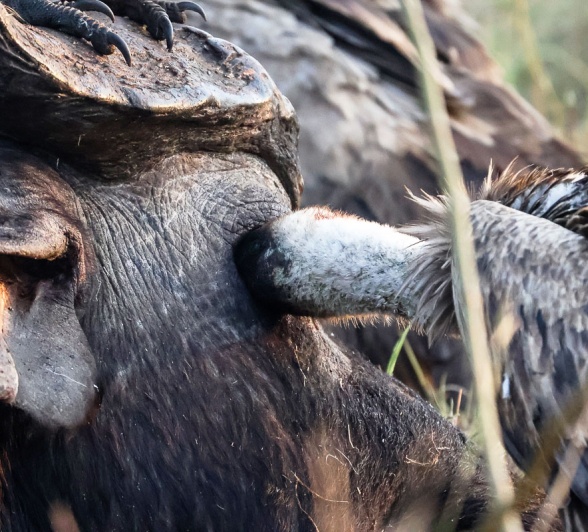
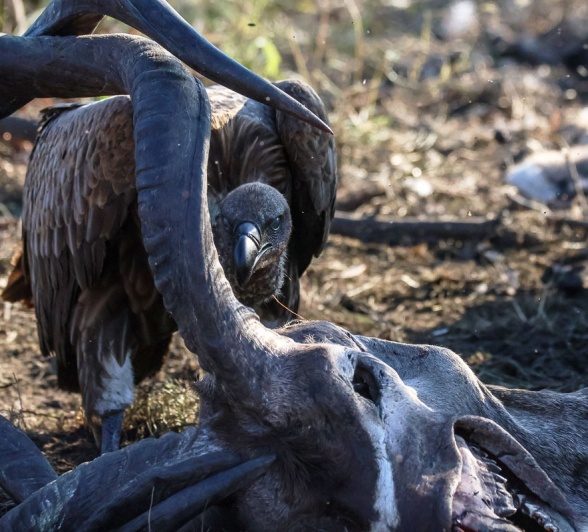
Marabou Stork
Next animal on the list is the Marabou Stork. It is very easy to see why they form part of this group of animals. They have a massive diet which includes small birds, termites, dead mammals; even elephants and human refuse, and is often seen on carcasses with vultures as they are also scavengers. Their body shape and colours are odd, with bald and pink necks almost like vultures which makes the cleaning up after gorging themselves so much easier. Their body size is impressive as they can stand up to 1.52m tall and weigh up to 7kg; they have a wingspan of an incredible 2.7m. They look almost like something from a pre-historic world. Seeing these incredible birds is always a special sighting in our area.
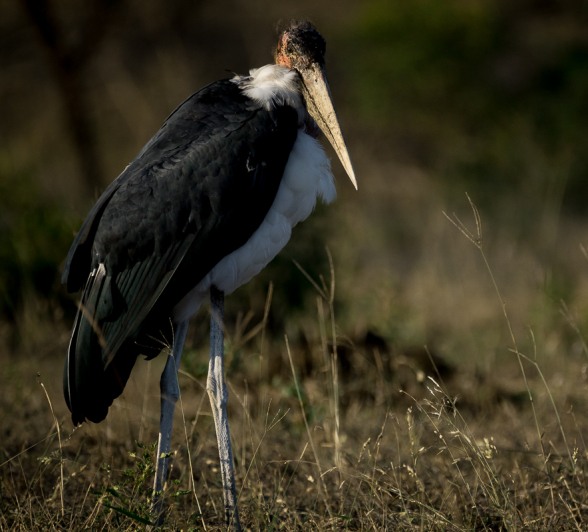
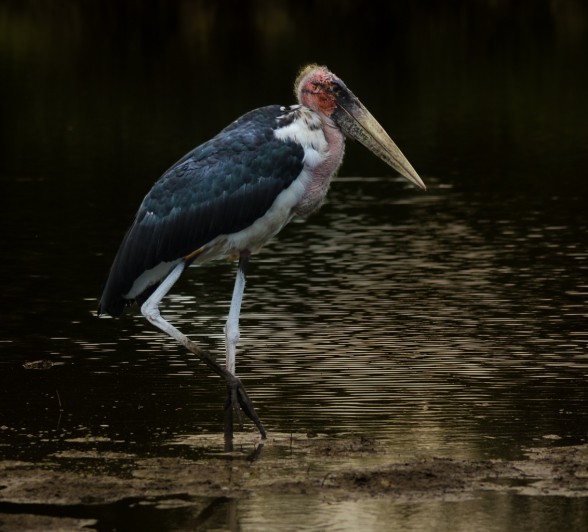
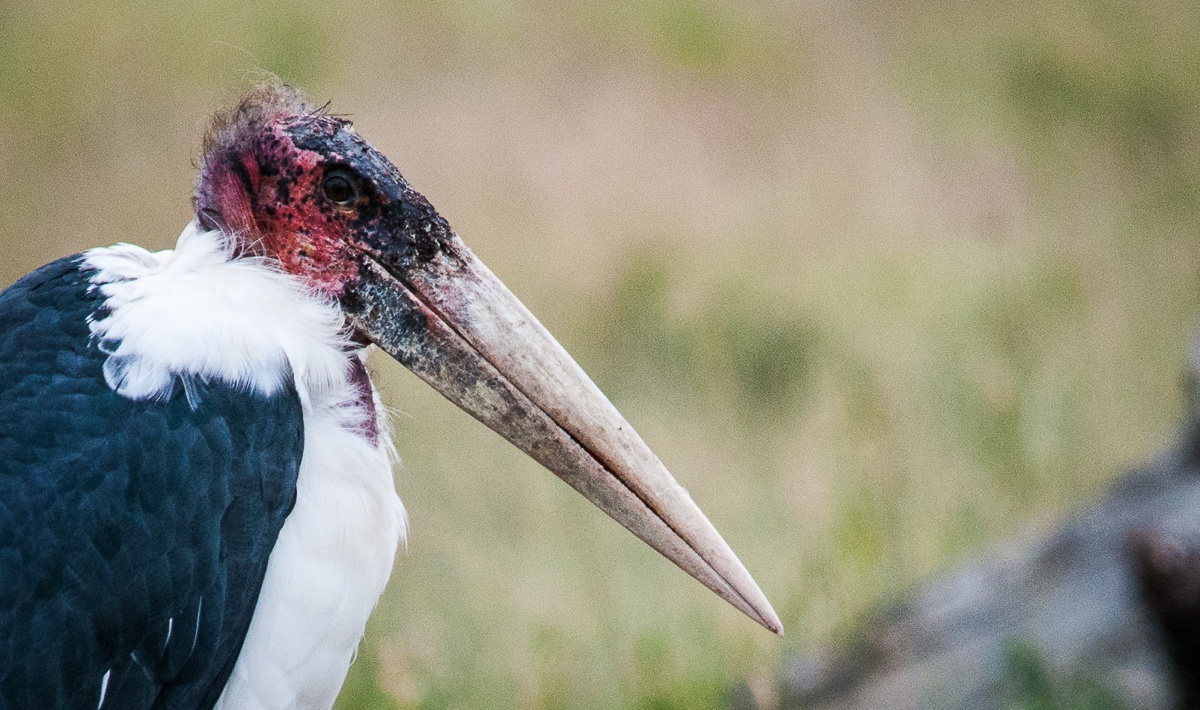
Hyena
We then have the well-known Hyena next. They have a very strange body build, almost as if they are walking uphill constantly. Longer front legs and shorter hind legs gives them the ability to have very strong forequarters and jaws which makes an ideal combination for stealing carcasses from other predators and lifting the kill off the ground to run with it. Hyenas often hang around in big clans which gives them the look of the “bushveld robbers”. They feed on every last bit of food and don’t allow anything to go to waste. They have been seen hiding kills in waterholes knowing it’s safe as the water breaks the scent and not many animals will feed in this, but this doesn’t bother hyenas and they will finish every last bit off, even the hooves. The spots that the Spotted Hyena has on its body with a very big head often freaks people out and is seen as not the prettiest animal in the bush.
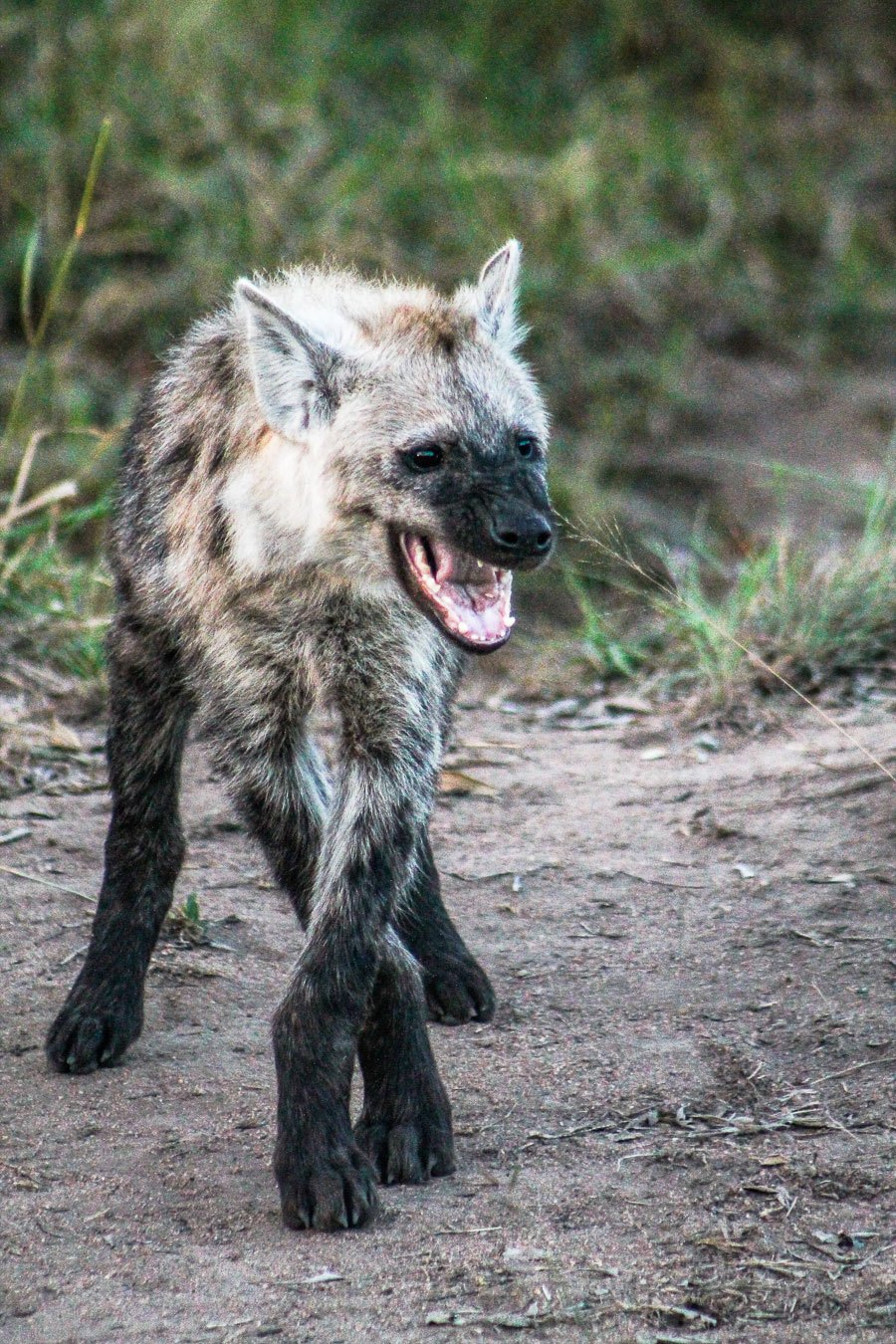
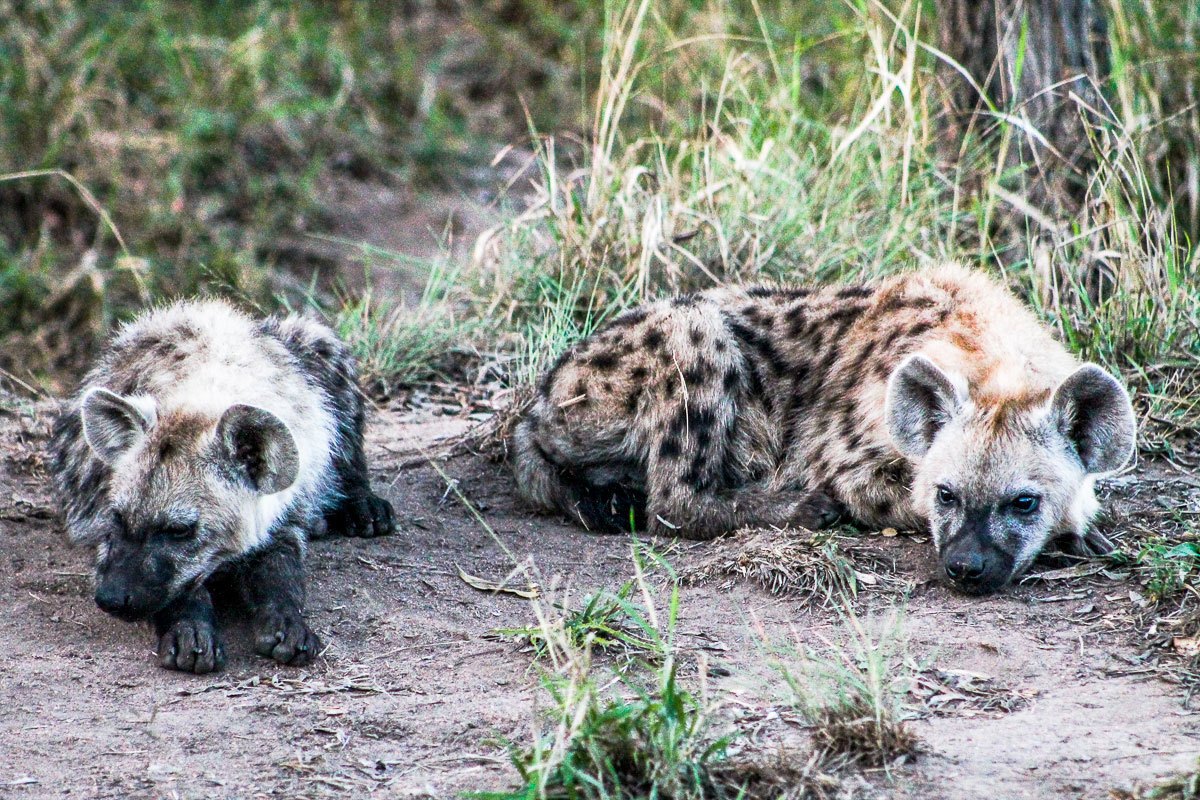
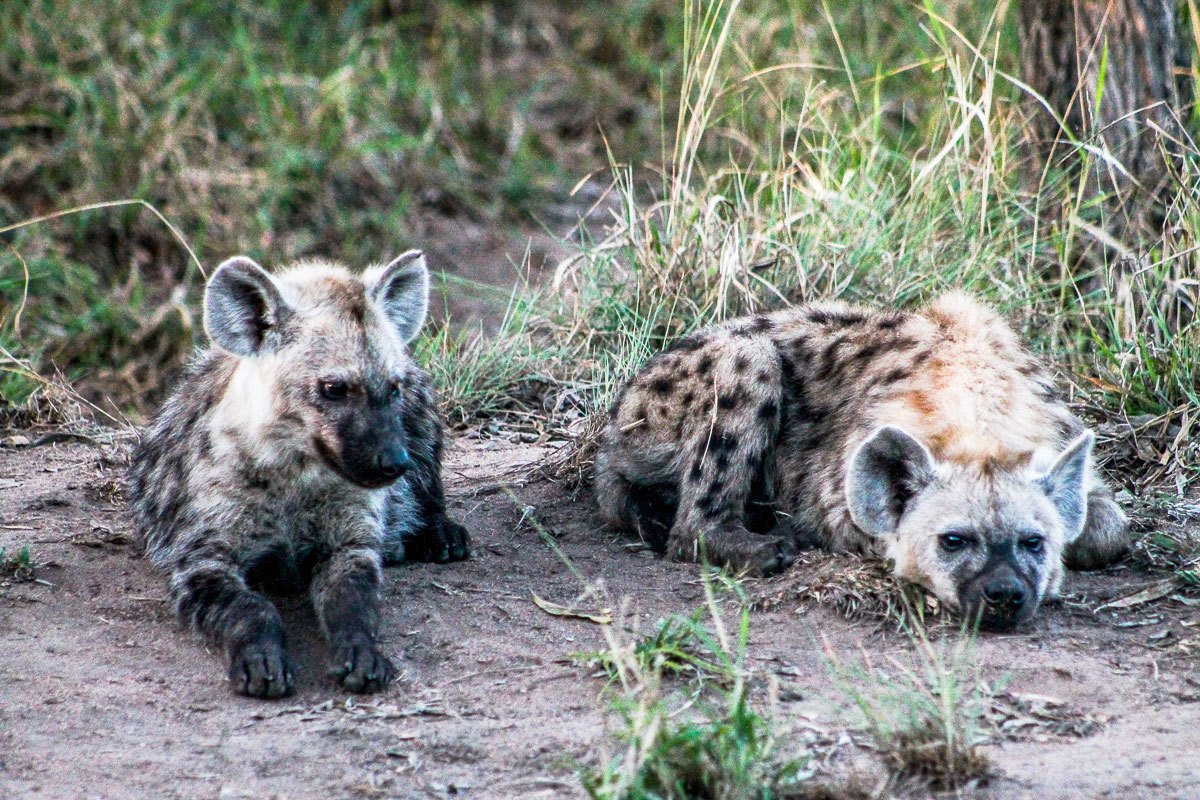
Blue Wildebeest
The plain’s game animal completing the Ugly 5 is the Blue wildebeest. Just like the hyena they also have longer front legs and shorter hind legs which makes them animals of great endurance, with broad forequarters their lung capacity is bigger compared to other animals hence going long distances non-stop. Now you might wonder why an incredible animal like this is part of the Ugly 5? They have a long black mane and beard of hair hanging from the neck and throat area, a very flat face with curved horns and also a dark grey, blueish shine to their bodies. Some will say the Blue wildebeest was the last animal created with all the leftover parts that were not used on other animals and sometimes that might look to be true. Both males and females grow horns which adds to the odd look.
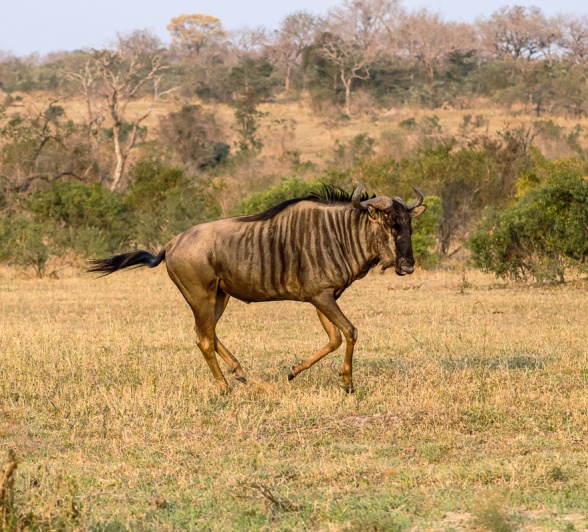
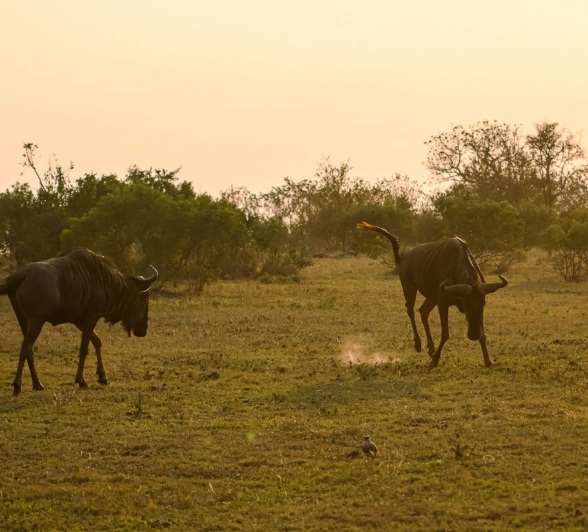
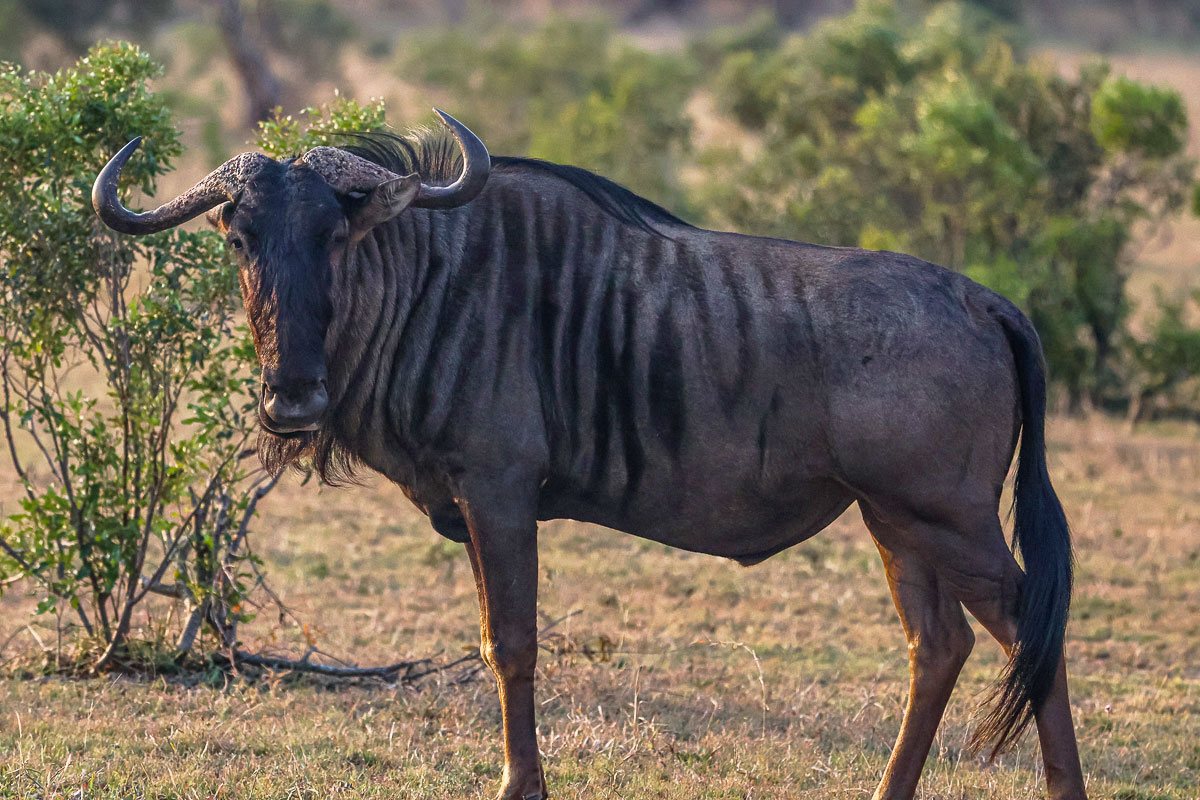
Even though these animals all form part of the ‘Ugly 5’ and are not always as exciting to see when out on safari, they are all special and very important animals needed in our ecosystem. We appreciate every animal that wanders Sabi Sabi Private Game Reserve and preserve and protect all species.
Thinking back to certain sightings including the above mentioned 5 species there have been incredible and unexpected sightings of all of them, from Warthogs fighting over a female and seeing how committed they are, to the smallest Warthog piglets you can think of. Hyenas fighting other predators to get their piece of meat or even protecting their own kill against others. Blue wildebeest protecting their calves and motivating them to keep on going on warm days not to fall behind or a calf calling with no sign of mom around, only to witness the female appearing out of the bush to get her calf. Seeing Vultures coming down in their numbers to clean up a horrific scene that predators left behind and then seeing them all roosted in a tree next to each other on cold and rainy days. Marabou Storks walking the edges of dams or rivers looking for prey or seeing these massive birds flying overhead. As you can see, they all add to the true African spirit and are beautiful in their own special way.
As you would have realised while reading this, every animal has a vital role and without them the life in the bush would not be able to operate the way it should.
So next time you are out on safari, don’t only see who can spot the first leopard or lion, but see how many animals we have to offer and ask your ranger to explain the importance of all animals in the area. There is a whole different world when we start realising that Mother Nature is an extremely intelligent doing and we as humans can learn so much from her.
Blog by Ruan Mey (Earth Lodge Ranger)
